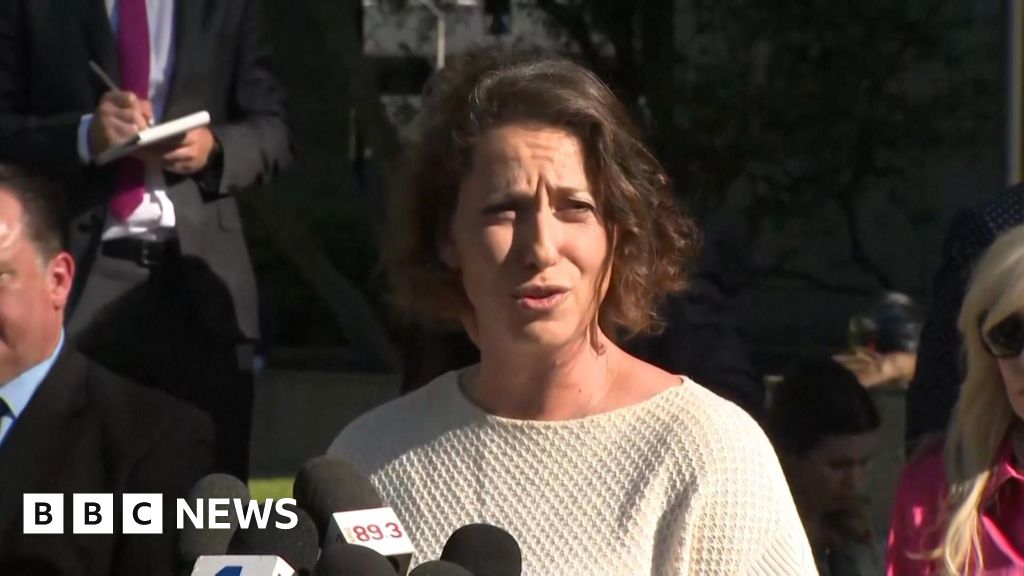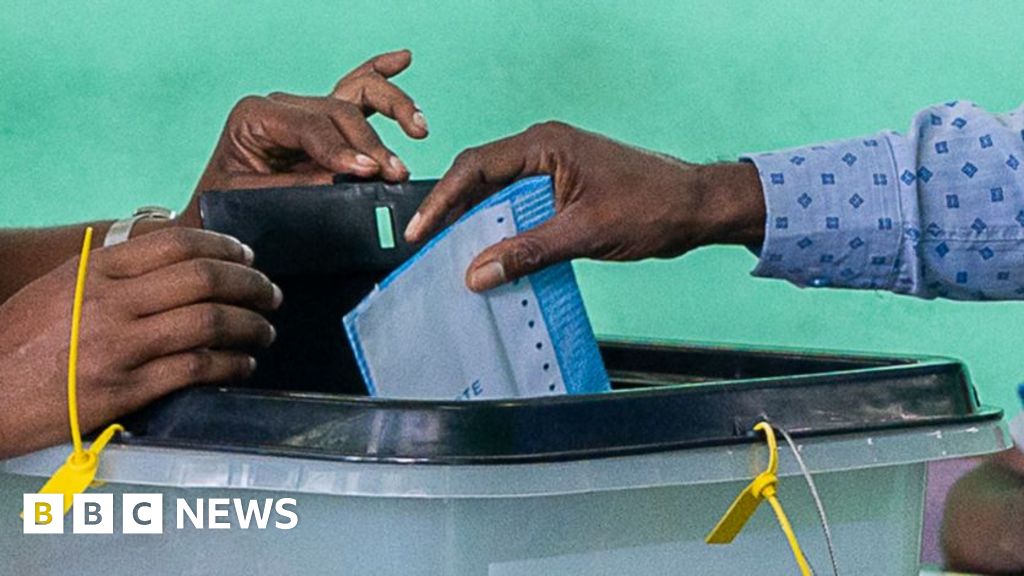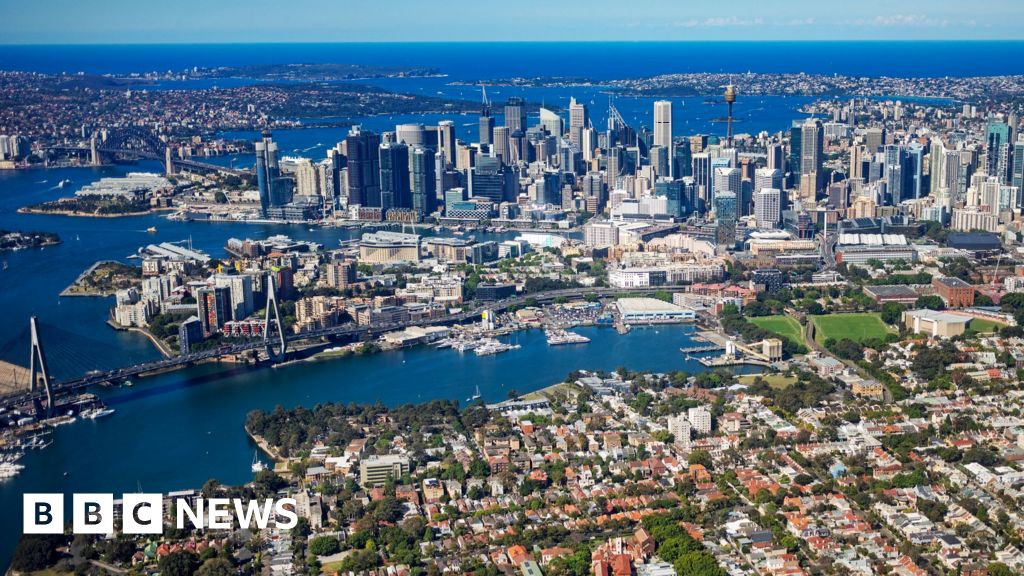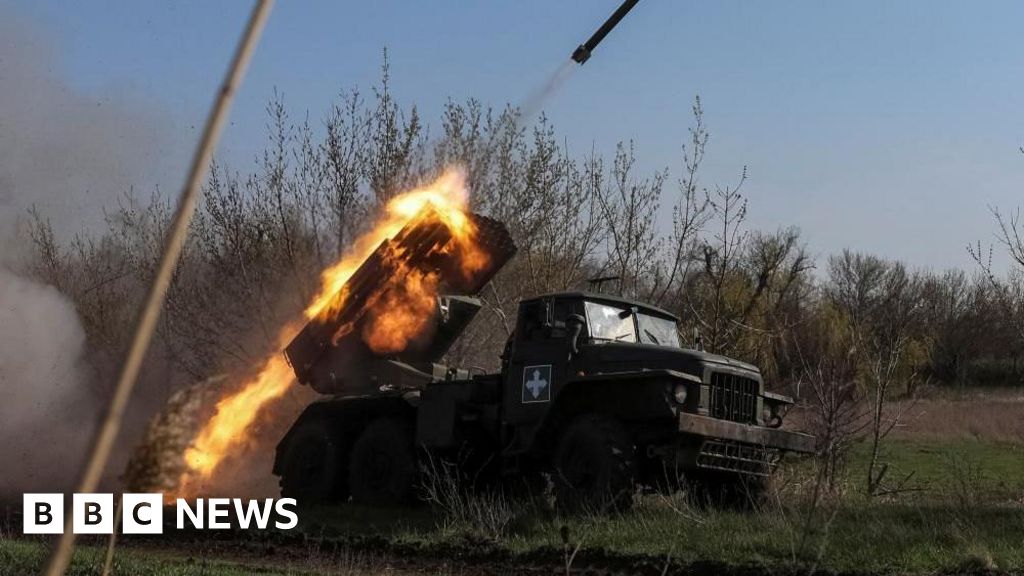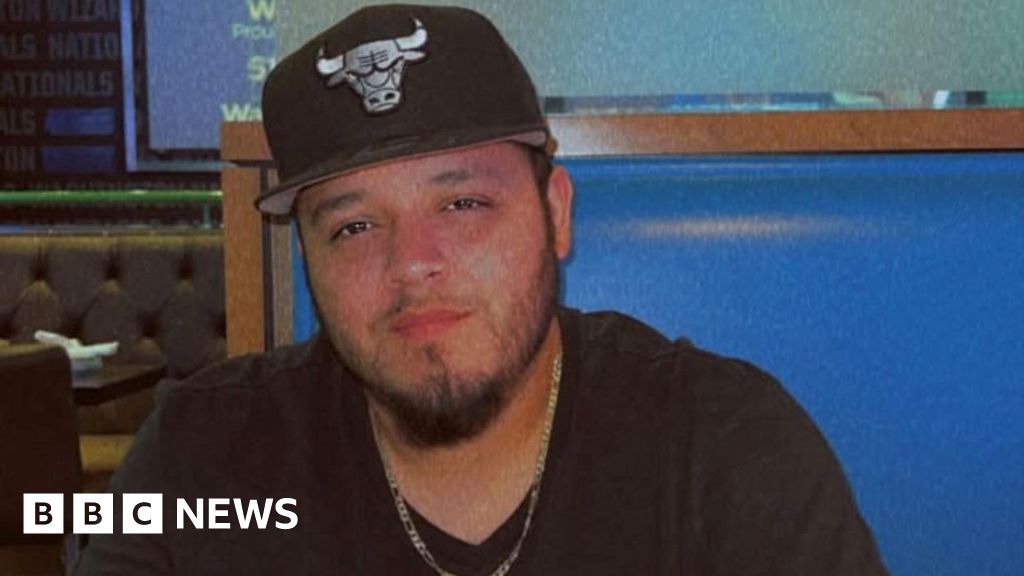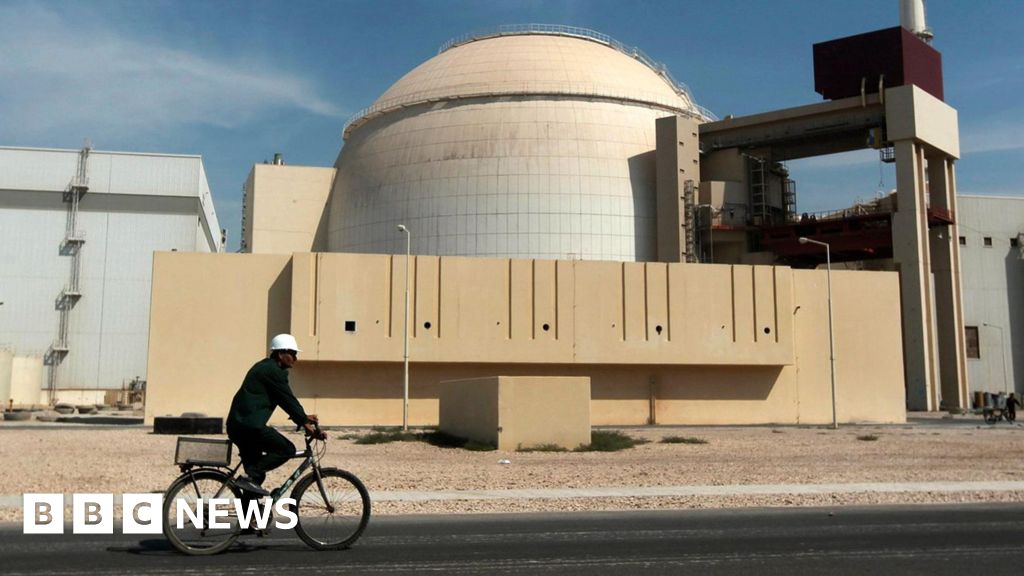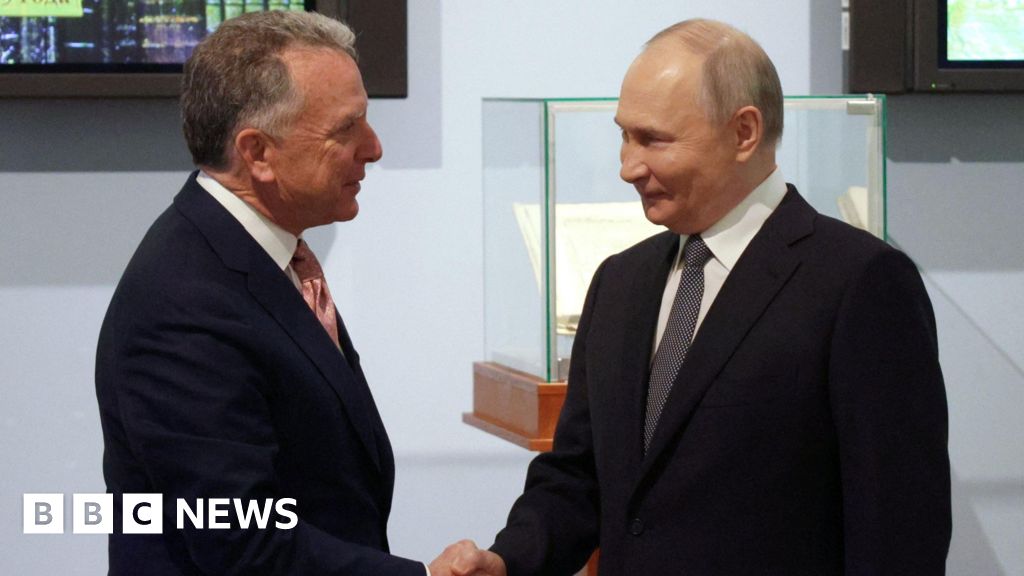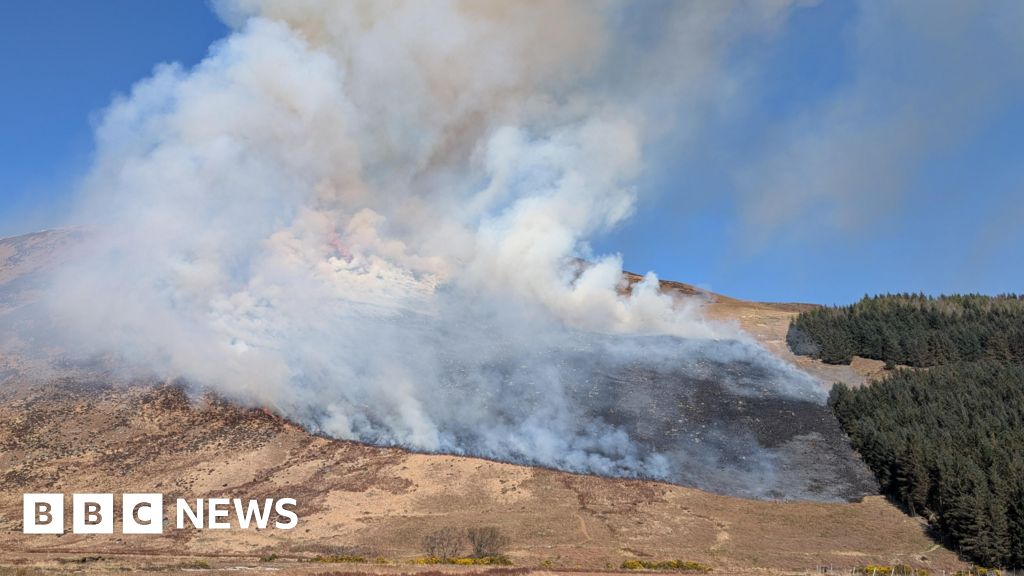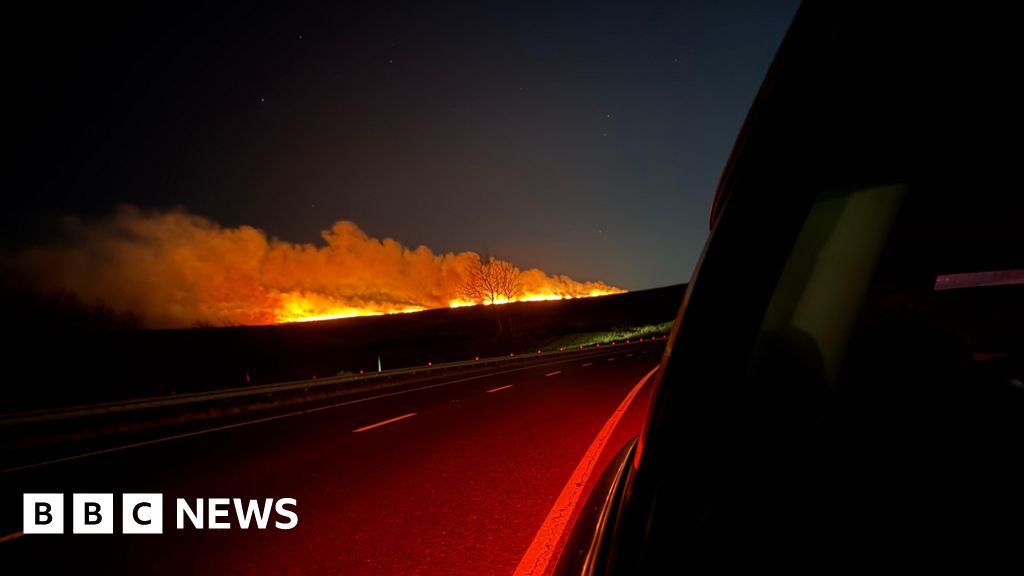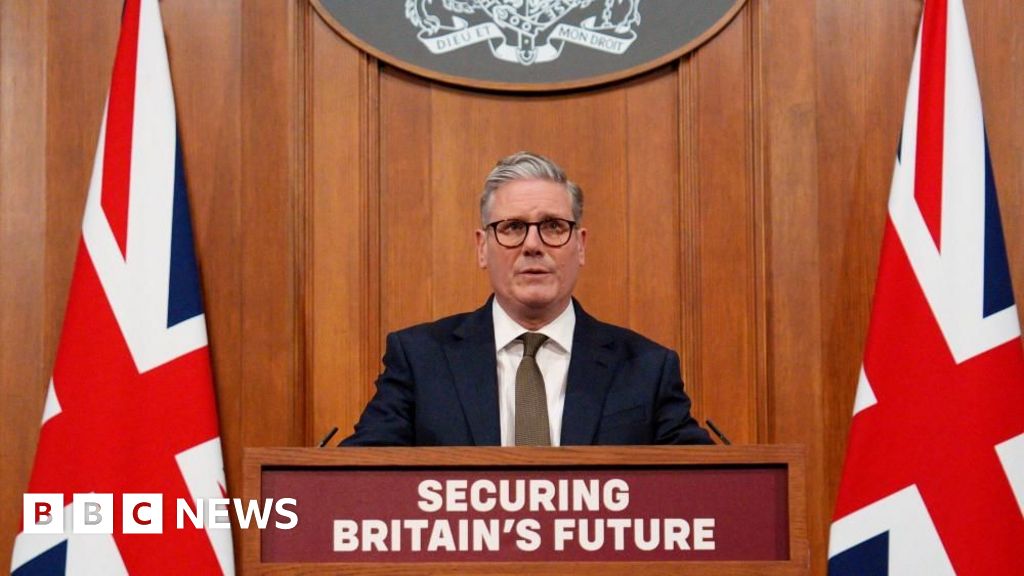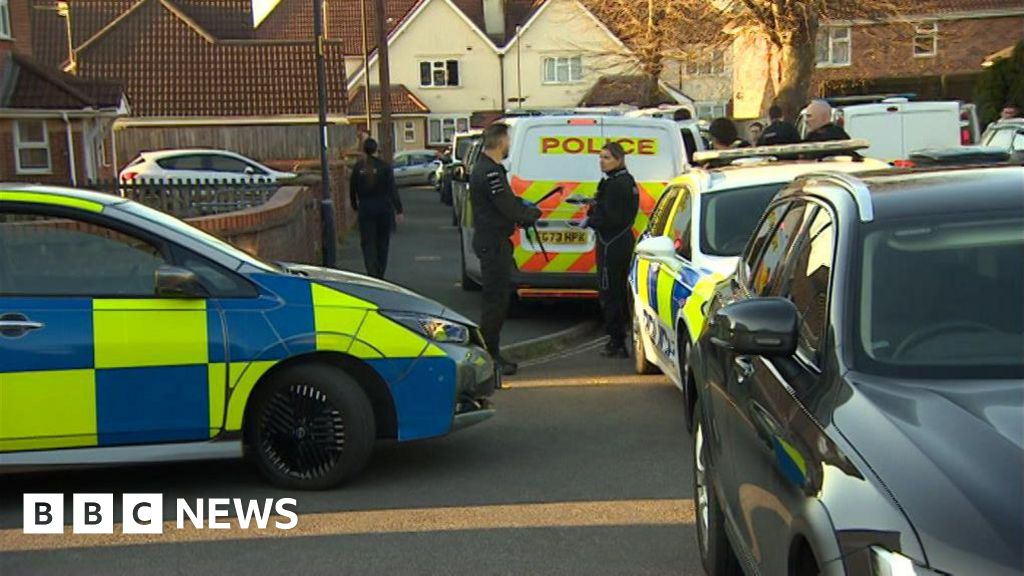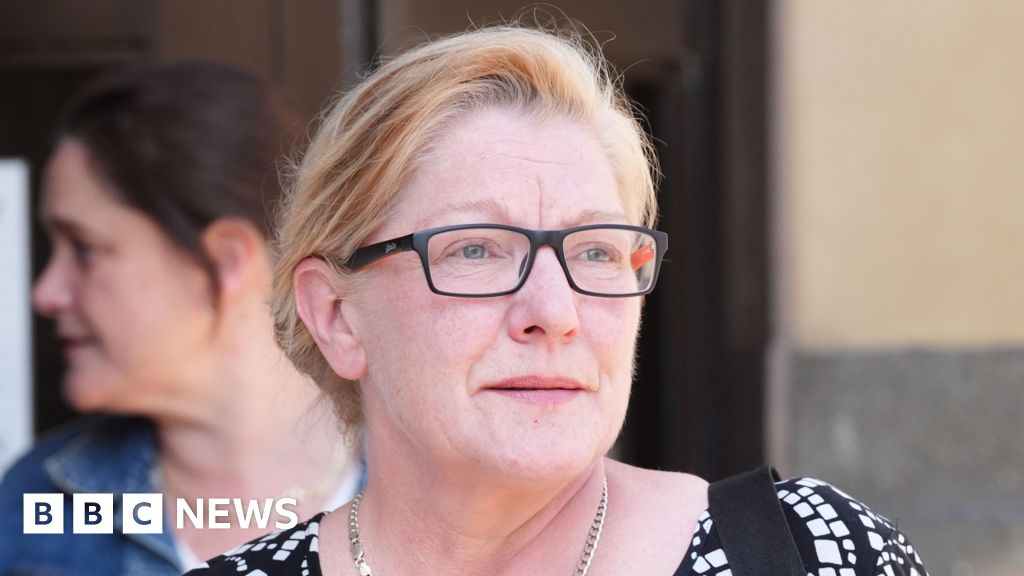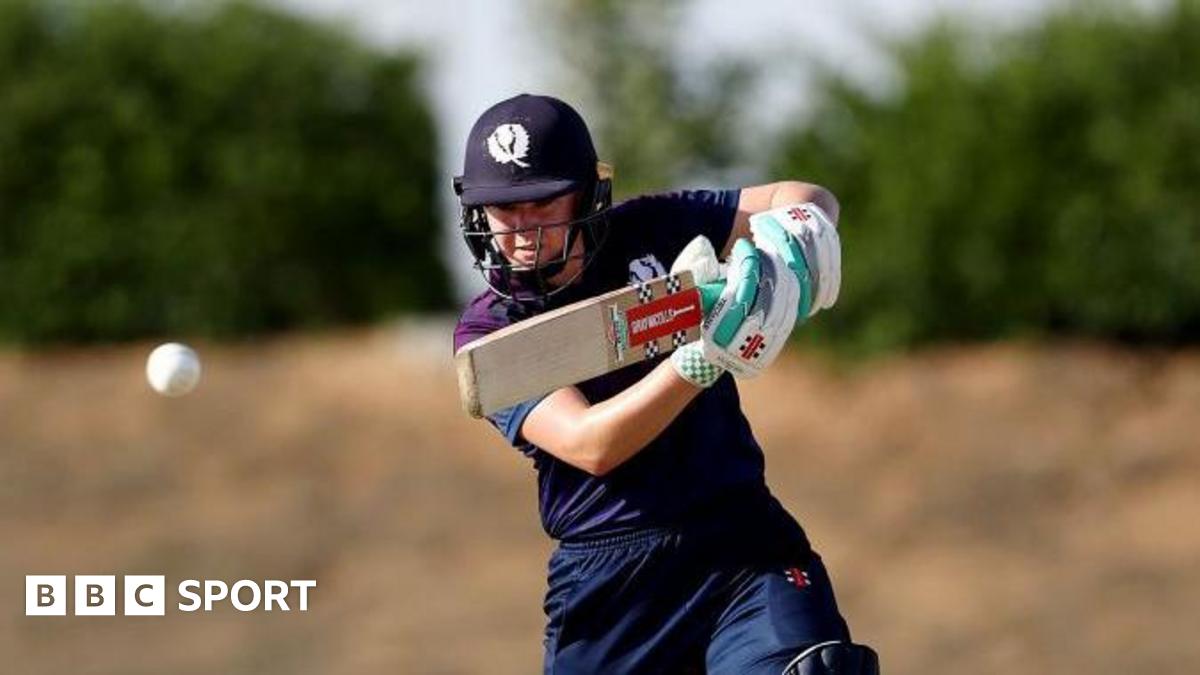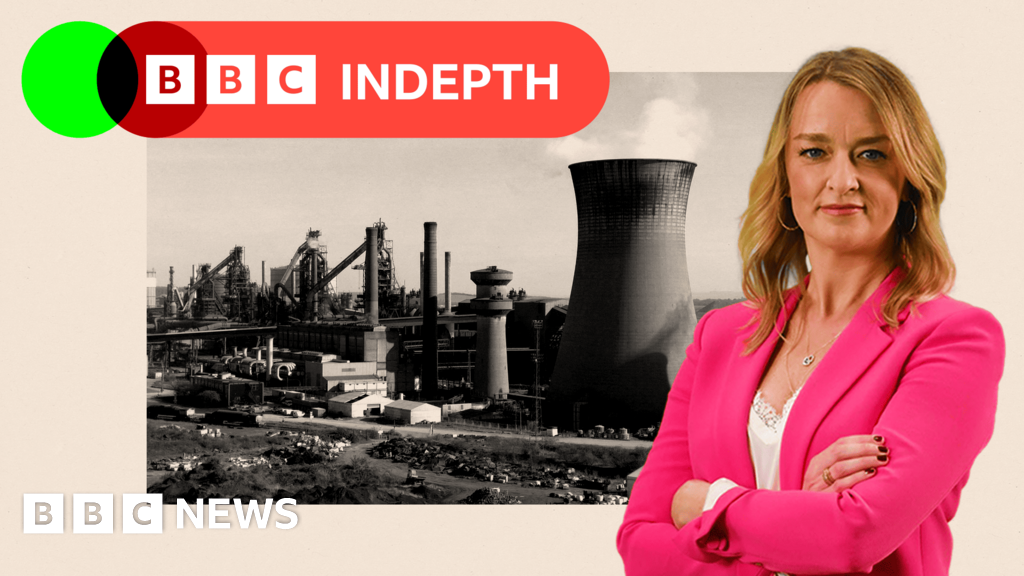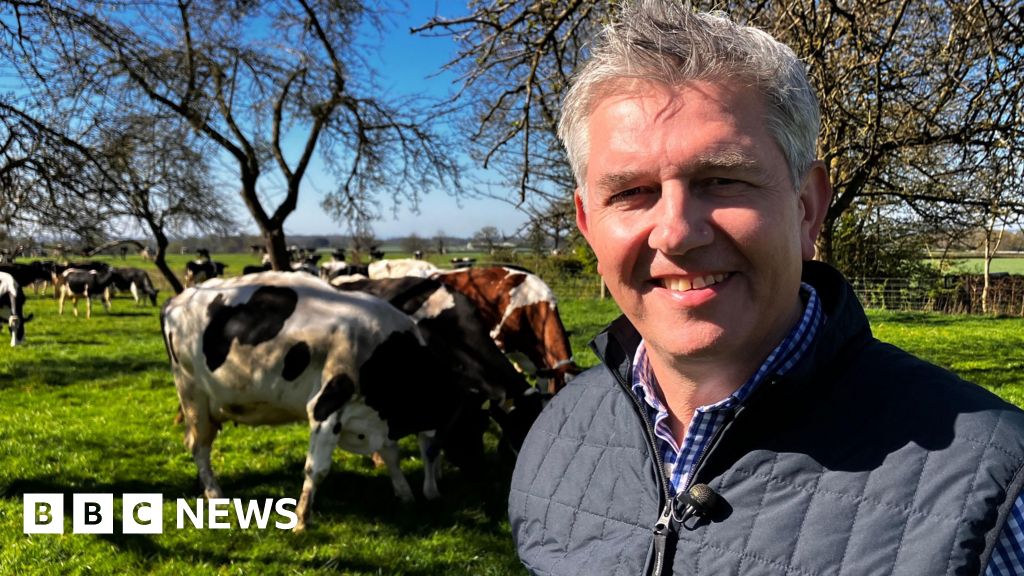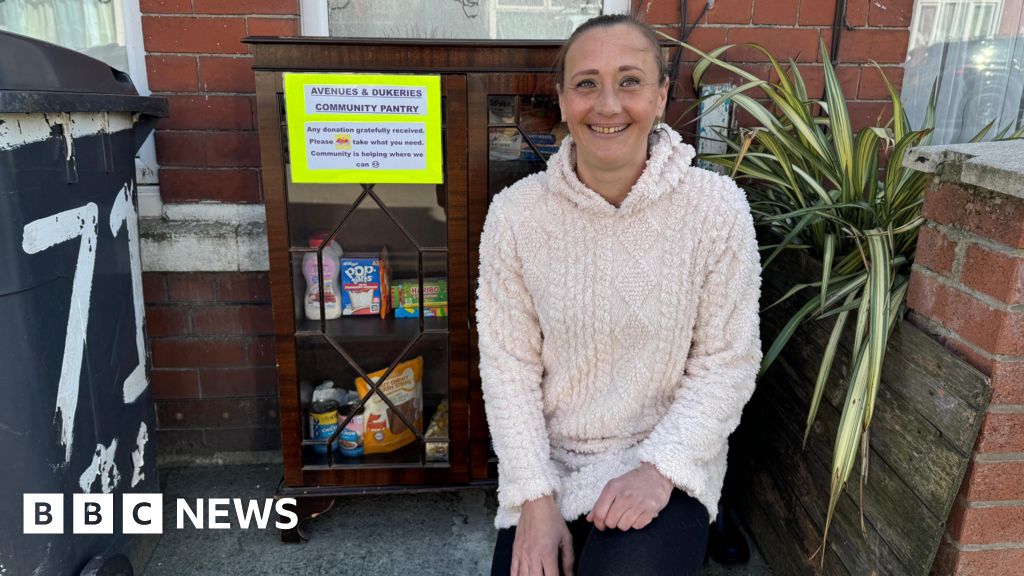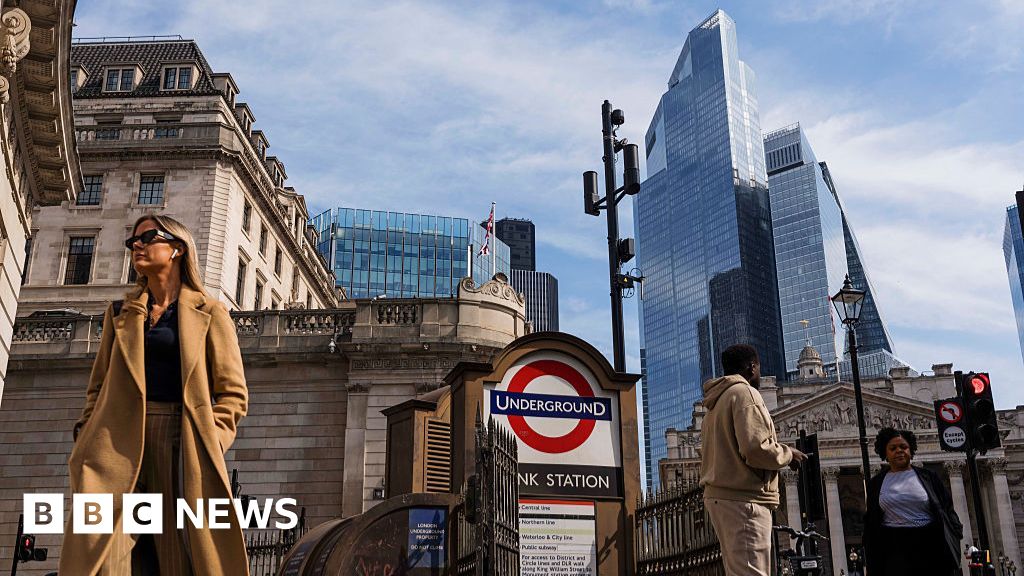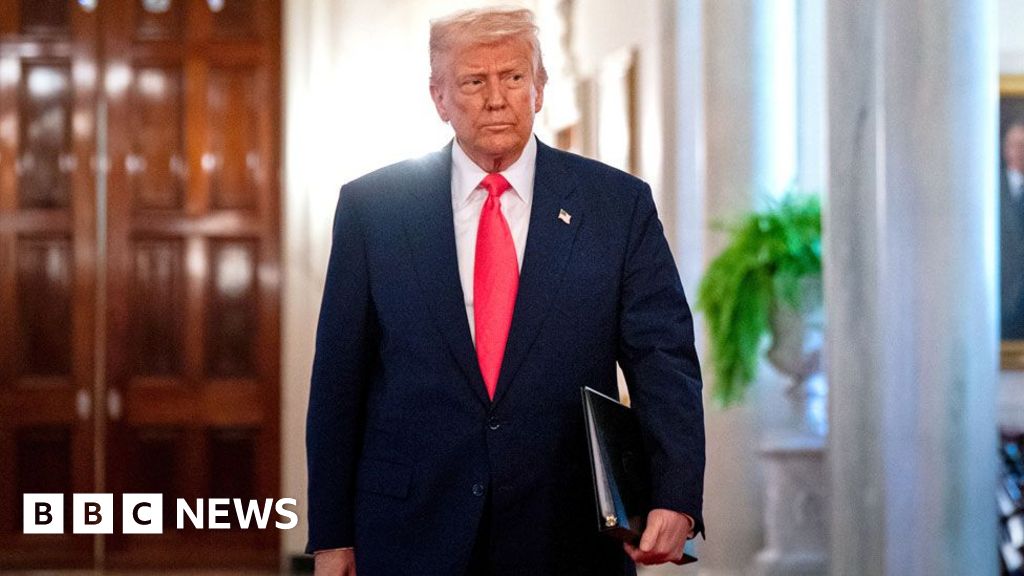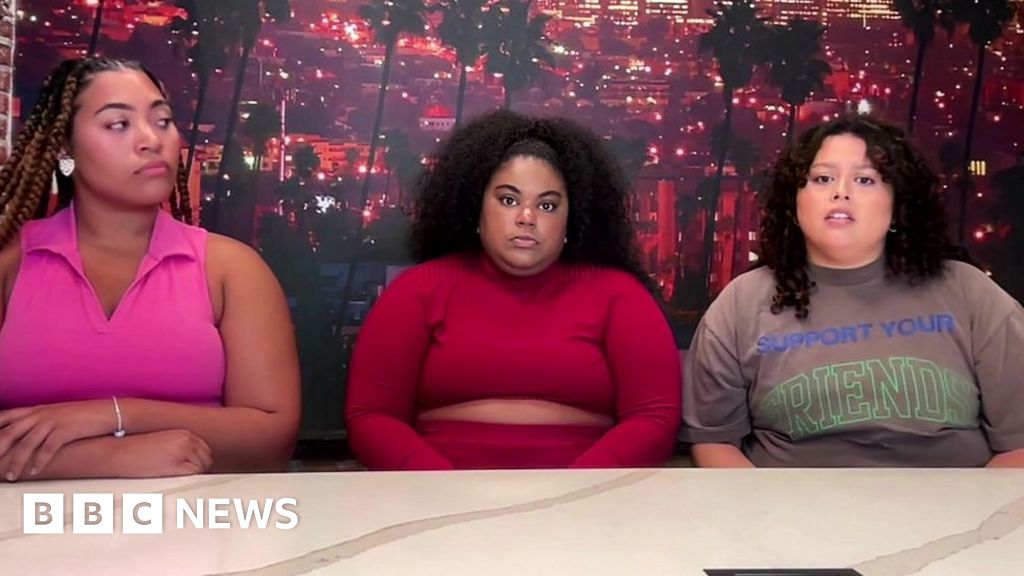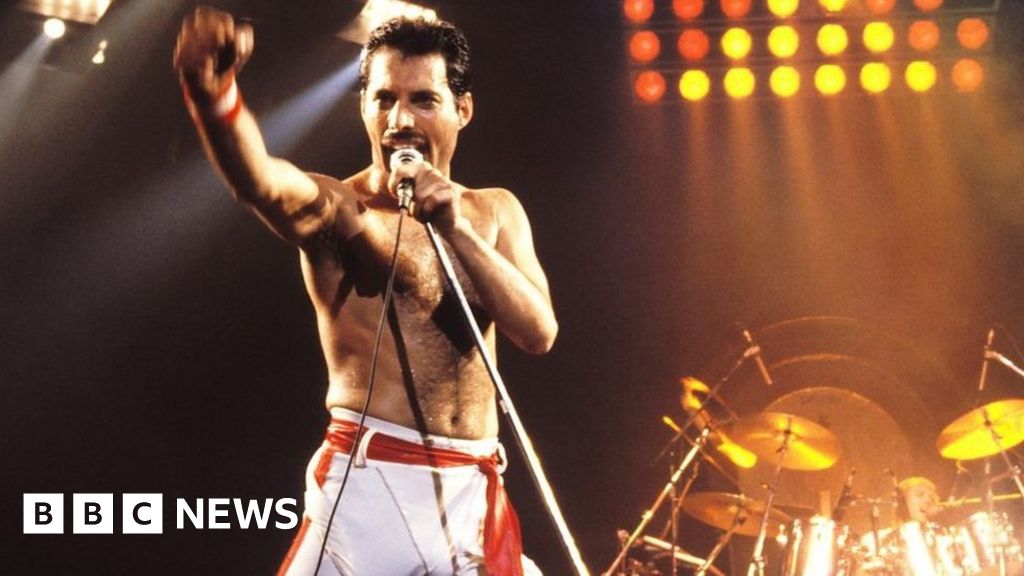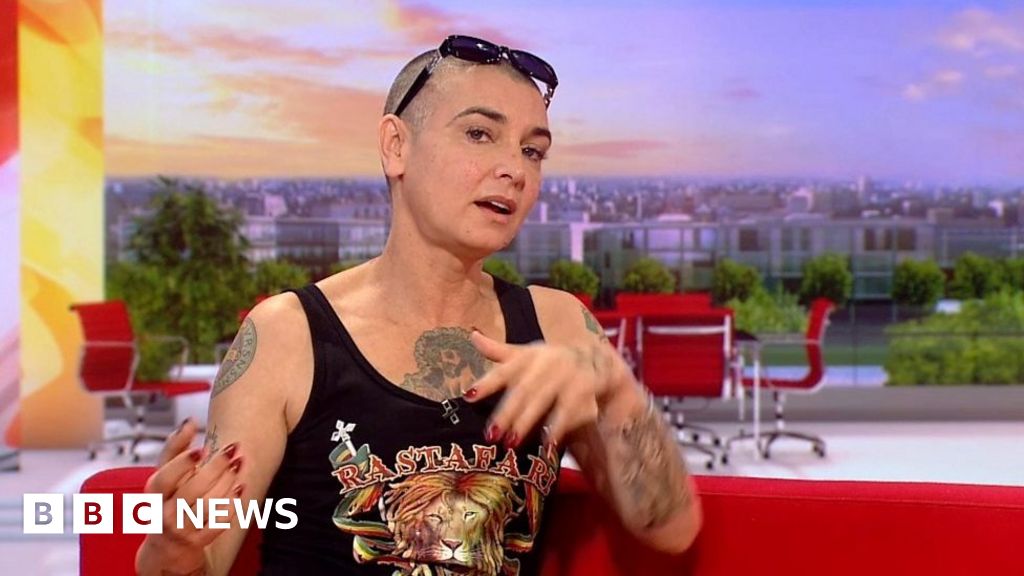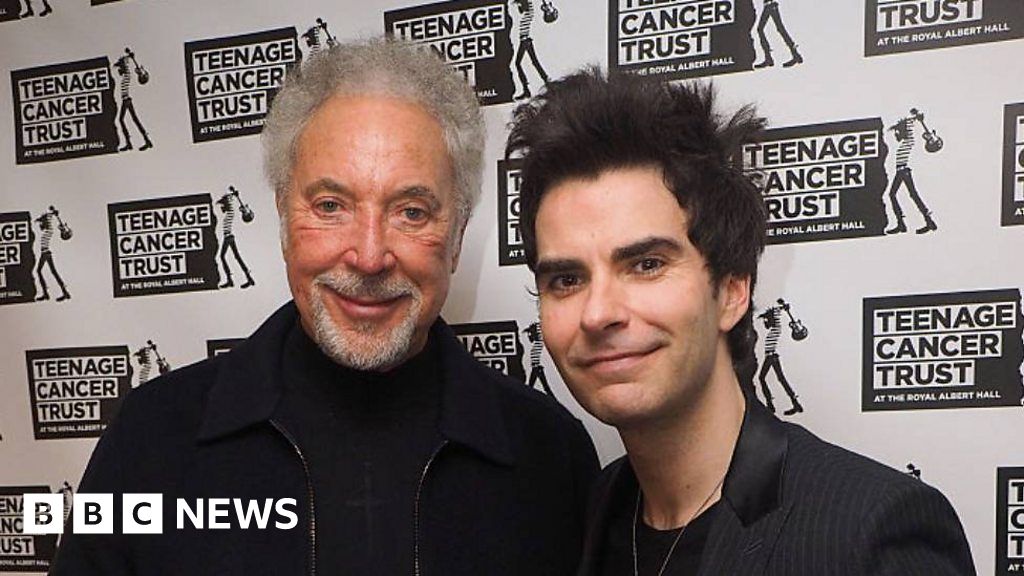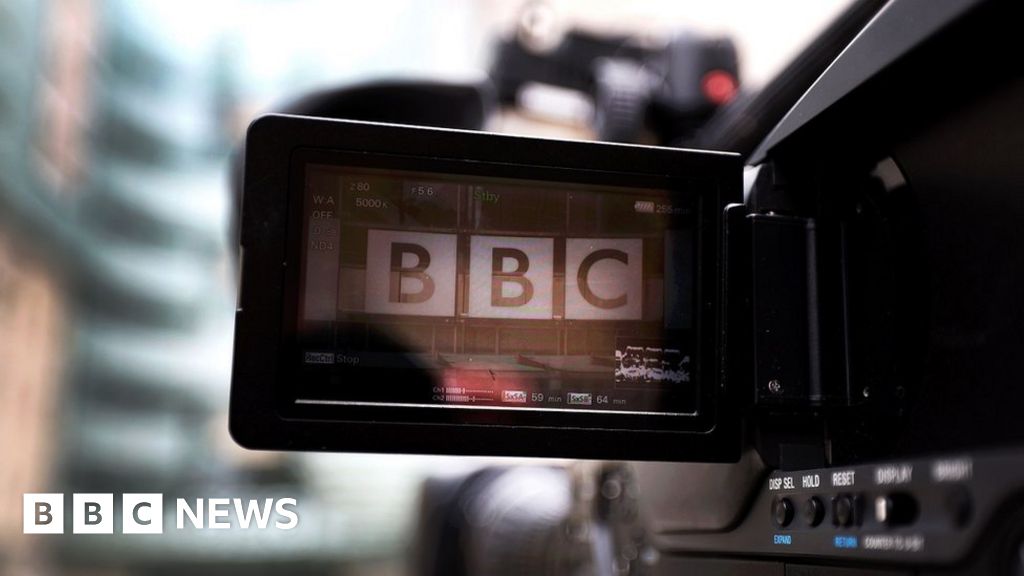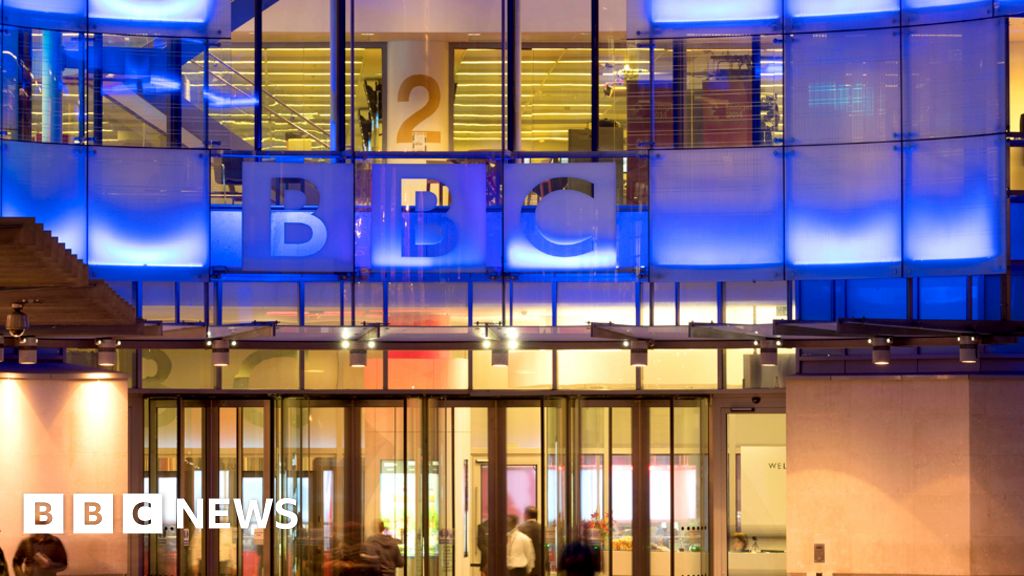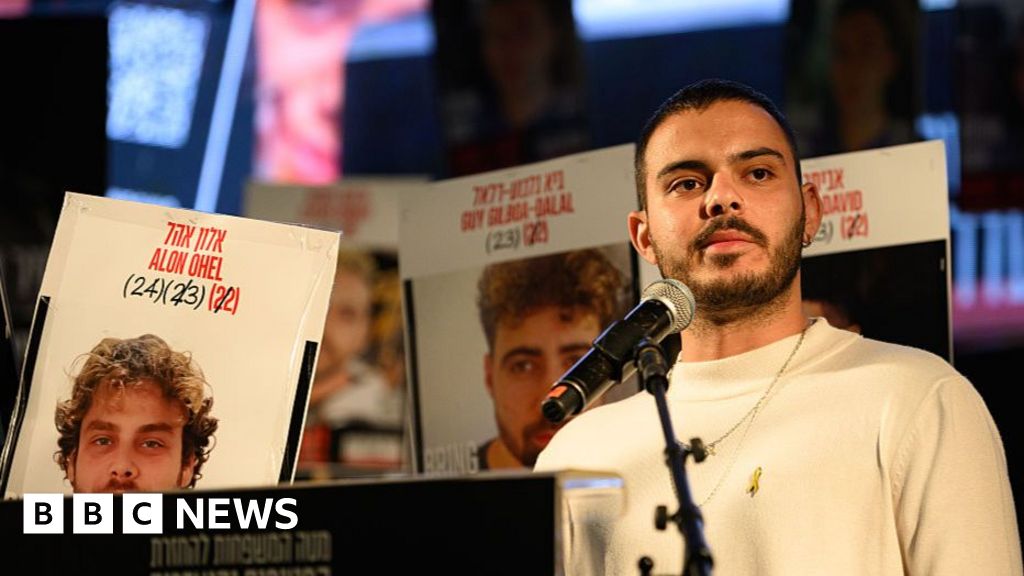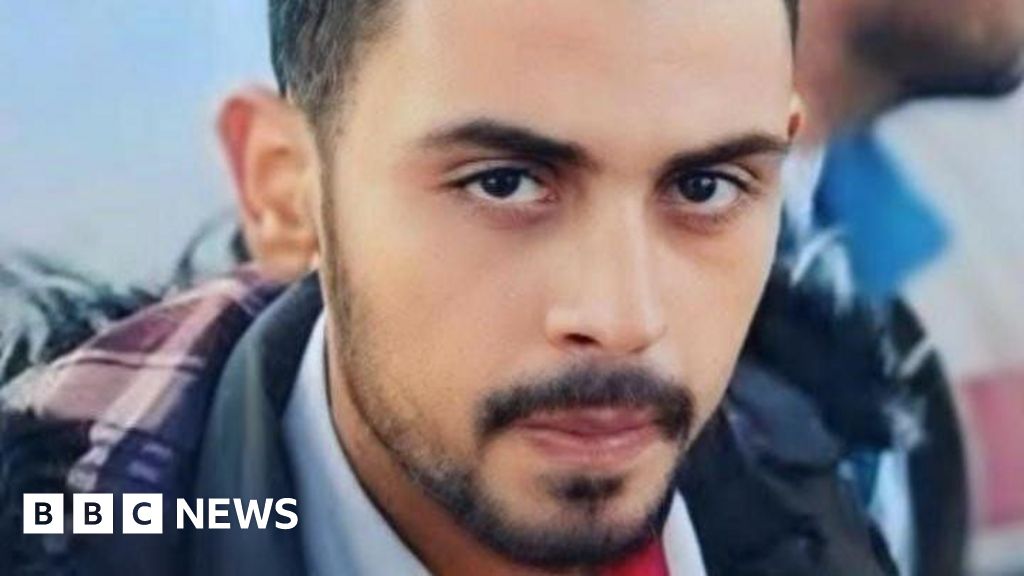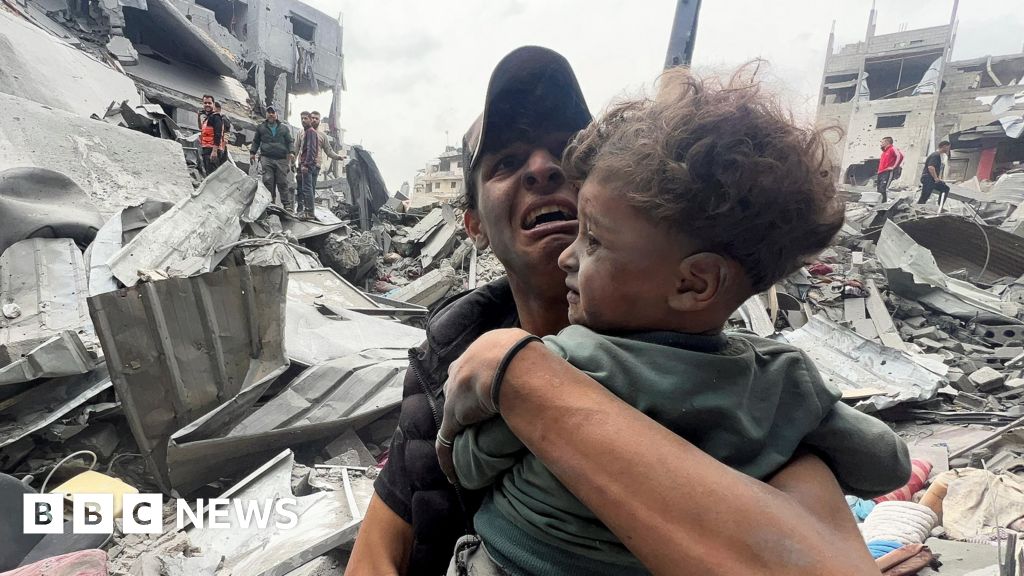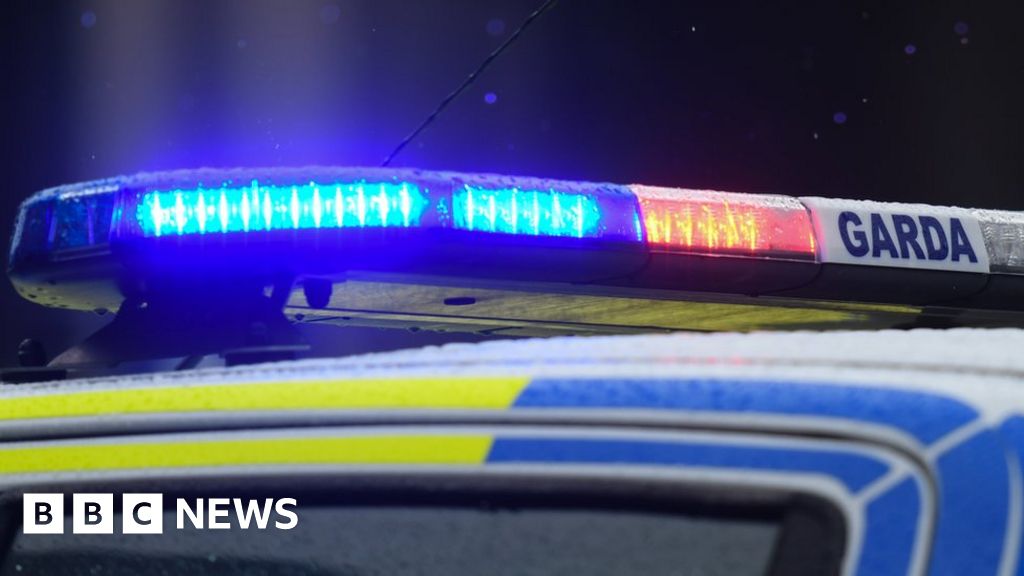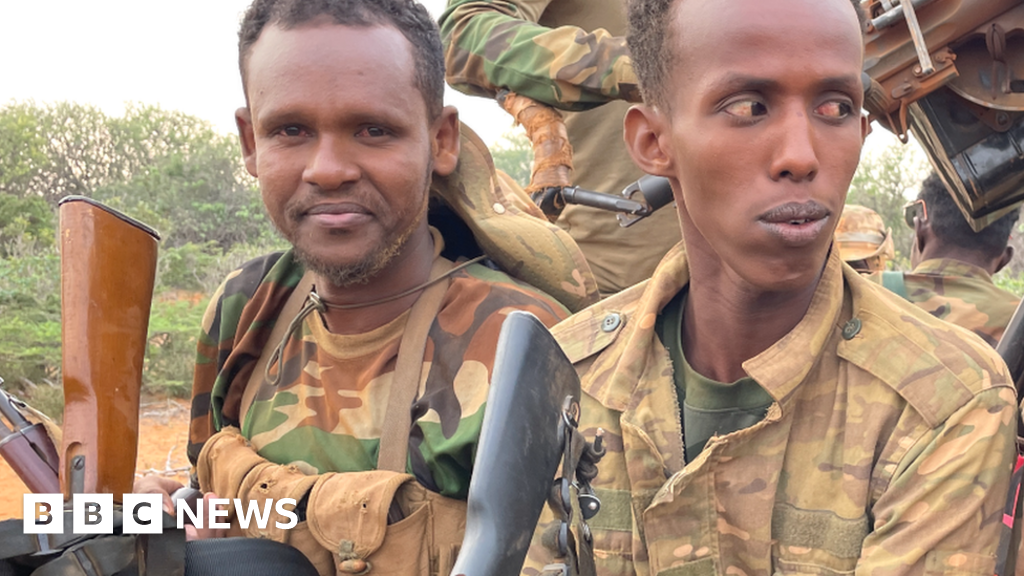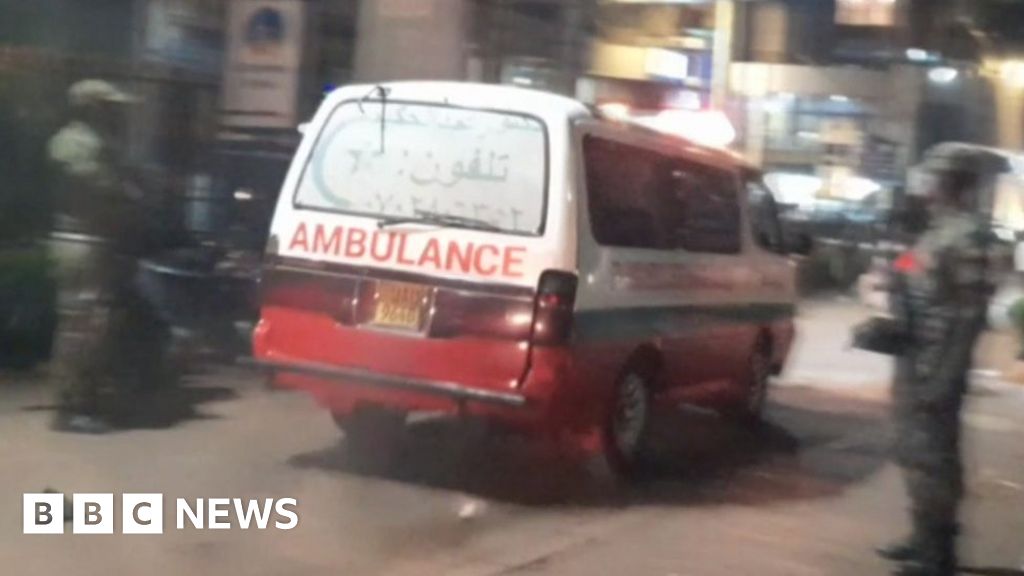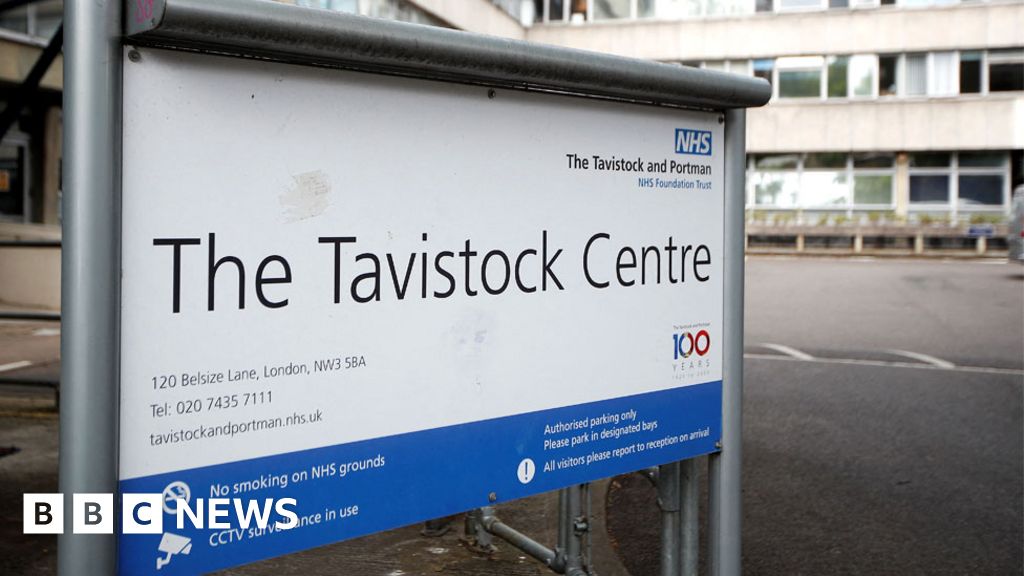Middle East correspondent
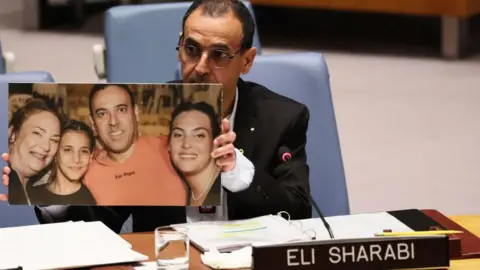 Getty Images
Getty Images“This week is Passover – the festival of freedom,” Liri Albag, an Israeli soldier held hostage in Gaza for 15 months by Hamas, told a crowd of thousands gathered in Tel Aviv last weekend. “But what kind of freedom is it when 59 people are still in Hamas hell?”
In recent weeks, powerful voices have joined the fight to bring home Israel’s remaining hostages – those of the captives released during the latest ceasefire deal that began in January and lasted two months.
Despite their ongoing trauma, frailty and grief, a number of ex-hostages have felt compelled to give their harrowing testimony on stage at demonstrations, in long TV interviews or in meetings overseas with world leaders.
They have detailed their own harsh treatment and expressed fears for the fate of others left behind, especially since Israel cut off all humanitarian aid to Gaza at the start of March and restarted its military offensive two weeks later, saying this was to put pressure on Hamas.
Twenty-four of those who have been held captive since the deadly Hamas-led attacks on Israel of 7 October 2023 are still believed to be alive.
Witnessing the collapse of the ceasefire has been unbearable, the former hostages say.
“We have no time. The earth is burning under our feet,” insisted Gadi Moses, an 80-year-old farmer abducted by Palestinian Islamic Jihad from Kibbutz Nir Oz and freed in January, who also spoke at Saturday’s rally in Hostages Square.
“I’m not really here. Only half of me is standing here,” said Omer Wenkert, another former hostage, in his emotive address. “Part of us, part of all of us, is still captive in Gaza.”
He called on Israeli leaders to take action on the hostages saying: “Prime Minister Mr Benjamin Netanyahu, it’s on you to get them back.”
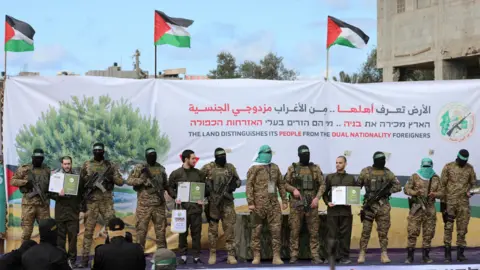 Reuters
ReutersMany of the released hostages want a return to the original ceasefire deal which brought them home in exchange for some 1,800 Palestinians being freed by Israel.
The agreement was meant to see a second phase in which remaining Israeli captives would be returned and the war would end.
However, Israel now rejects this and is pushing instead for more hostages to be freed through an extension of the first phase of the truce.
Hamas has agreed only to an extension involving the release of fewer hostages than Israel will accept, and ultimately wants to return to the original ceasefire framework.
Since appearing on stage, flanked by masked gunmen and looking pale and thin, at a Hamas handover ceremony in Gaza City in February, US-Israeli hostage Keith Siegel has turned into an active campaigner.
He was part of a group of eight ex-hostages that met President Donald Trump in the Oval Office last month – crediting him with securing the recent deal that brought back 25 hostages and the bodies of eight others and urging him to help get ceasefire negotiations back on track.
“It’s urgent and every day that goes on is just more and more suffering and more and more possible death and psychological devastation,” Mr Siegel told 60 Minutes on the US network CBS.
Mr Siegel described how he and others with whom he was initially held – including women and children – had been forced to adjust to life in the tunnels.
“We were gasping for our breath,” he recalled.
He said there was constant abuse: “I witnessed a young woman who was being tortured by the terrorist. I mean literal torture, not just in the figurative sense.”
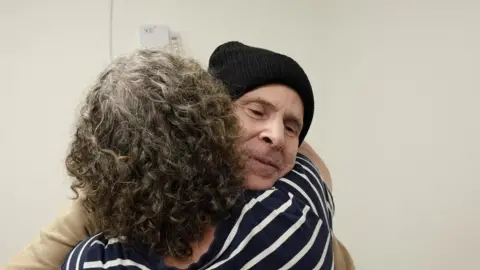 Reuters
ReutersA prominent former hostage, Yarden Bibas, gave his first interview to 60 Minutes, speaking in English, hoping his powerful story and ceasefire message would reach the US president.
“I’m here because of Trump. I’m here only because of him. I think he’s the only one who can stop this war again,” Mr Bibas said. “He has to convince Netanyahu, he has to convince Hamas, I think he can do it.”
Hamas filmed the anguish of Mr Bibas after telling him in late 2023 that his wife Shiri and two children had been blown up in an Israeli air strike, although Israeli officials later said forensic evidence showed his boys were killed by their captors.
“They were murdered in cold blood, bare hands,” Mr Bibas said, remembering how the men holding him used to taunt him over his family’s fate. “They used to tell me: ‘Ah, it doesn’t matter, you’ll get a new wife, you’ll get new kids, better wife, better kids’.”
The small, red-haired Bibas boys, Ariel and Kfir, have become a symbol of the horror of the events of 7 October.
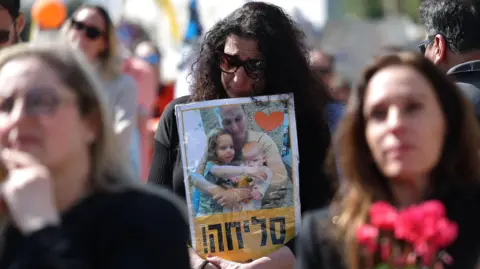 Reuters
ReutersOn the day in February that Yarden Bibas buried them with their mother, after their bodies were returned, thousands of Israelis turned out along the route of the funeral procession to pay their last respects.
Given his ordeal, many were surprised to see Mr Bibas quickly turn to lobbying. But hours after Israel renewed its bombardment of Gaza on 18 March, he joined other former hostages standing in silent protest in Hostages Square.
Mr Bibas told CBS how terrifying it was to be held in a tunnel when Israel’s warplanes struck.
“You don’t know when it’s going to happen and when it happens, you’re afraid for your life,” he said. “The whole earth would move like an earthquake, but underground.”
He explained his constant fear for his best friend, David Cunio, who remains in Gaza with his brother, Ariel.
Mr Cunio’s wife Sharon and children were released in the first truce of the Gaza war in November 2023.
“I lost my wife and kids,” Mr Bibas concluded. “Sharon must not lose her husband.”
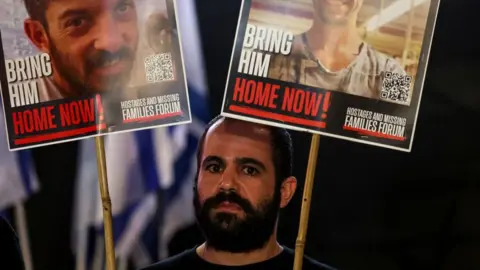 Reuters
ReutersEli Sharabi – like Mr Bibas, Mr Siegel and Mr Moses – was kidnapped from his home next to Gaza.
When he was released, looking gaunt and hollow-eyed after nearly 500 days in captivity, it was clear his captors had not told him what most Israelis already knew – that his British-born wife, Lianne and teenage daughters, Noiya and Yahel, were among some 1,200 people killed on 7 October.
Just three weeks after his release, Mr Sharabi gave a heart-wrenching TV interview to Israel’s Channel 12 TV. He described how he had learnt the fate of his family from a social worker he knew after the Red Cross handed him to the Israeli army.
“I said: ‘Bring me my wife and the girls’,” Mr Sharabi recalled, only for the social worker to respond: “Osnat [his sister] and your Mum will tell you.”
“Obviously there was nothing to tell, she had said it all,” he went on, his voice breaking. “The worst disaster had happened.”
Mr Sharabi – who has since met Trump and addressed the UN Security Council – said he decided he must talk about his experiences even as he was processing his loss because: “It’s very simple, no-one must be left behind.”
He described his painful goodbye to Alon Ohel, a young musician kidnapped from the Nova music festival with whom he was held in an underground cell in Gaza.
“I promised him that I wouldn’t leave him there, that I would fight for him… I told him it’s a matter of days, just days,” he said.
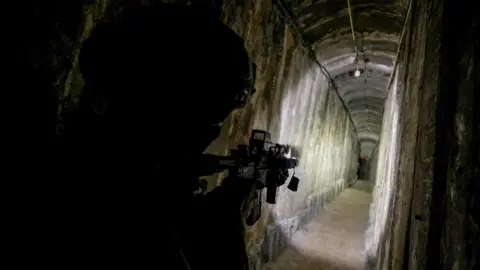 Reuters
ReutersUpon his release, Mr Sharabi and another released hostage were able to give Ohel’s family the first proof that he was alive, even passing his sister a birthday message. However, they have also revealed he is unable to see in one eye due to untreated shrapnel injuries.
Mr Sharabi has laid out how, in order to deal with his long captivity, he went into “survival mode” – a term several former hostages have used – observing: “Survival is made of little steps, little victories.”
He lost 30kg (66lb) and said that, as well as being beaten and humiliated, he felt “impossible” hunger during his captivity. He described how he and the three other hostages with him were given one meal a day and they would divide a single flatbread, or pitta, into quarters to share.
Omer Wenkert, who was also seized from the Nova festival, told Channel 12 how he was kept in a 1m-by-1m cell. The lowest point in his life – he said – was being woken up to get hit with a metal rod to his head on his birthday.
He related one crushing experience when he was desperately hungry and one of his captors told him to turn his back while food was laid out for him.
Then, he said: “There were pittas on the filthy floor on a filthy nylon cover, which was full of sand and fungi, and on top of it a block of cheese with a giant mould growing on it.”
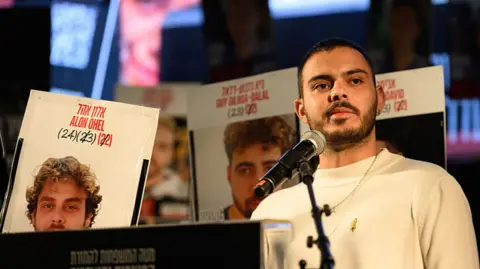 Getty Images
Getty ImagesOn Fox News Digital, Tal Shoham, narrated how he and two other men – Guy Gilboa-Dalal and Evyatar David, who remain in captivity – were moved in an ambulance that Hamas used for discreetly transporting hostages to a tunnel, to be held with Mr Wenkert. Their toilet was a hole in the ground.
He said they were monitored by cameras, often beaten and randomly deprived of food and sleep.
The guards, he said, continued to dig underground passages even as war raged on. “Hamas never stopped digging tunnels,” Mr Shoham remarked. “Not for a single day.”
The situation was so bad both he and Mr David developed serious infections but were not seen by a doctor.
“My leg turned blue, yellow, and purple with internal bleeding,” he explained. “They gave us blood thinners, fearing we might develop clots from prolonged immobility. Eventually, they realised the issue was malnutrition and provided us with vitamin supplements for seven days. It tasted like dog food, but it dramatically improved our condition.”
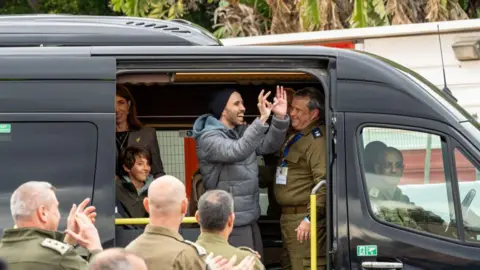 Getty Images
Getty ImagesOther hostages said they were kept in solitary confinement. Gadi Moses has said he resorted to pacing his cell and solving mental maths problems to deal with this “psychological abuse”.
He told Channel 12: “The depth of the fear, the depth of disconnection from the world, the depth of the unknown – it’s impossible to convey.”
“You start having terrible thoughts,” admitted Omer Shem Tov, who was taken hostage at the Nova festival and also kept in isolation, speaking to Israeli public broadcaster, Kan. “Every day feels like an eternity.”
While Mr Shem Tov praised the Israeli military in his interview, saying it was doing “holy work” in Gaza, he insisted the government had to make a new ceasefire deal and prioritise the hostages. He commented: “I don’t know if you understand it… but you are breaking them.”
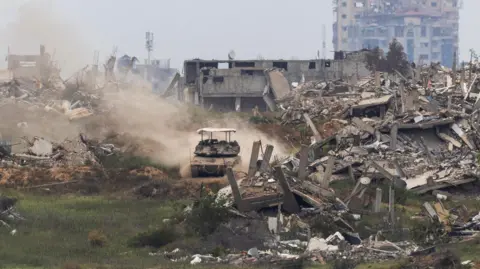 Reuters
ReutersFears for the lives of those still held captive have been heightened since Hamas recently stated it would not move living hostages out of the large areas where the Israeli military has ordered evacuations.
The armed group has previously threatened to execute hostages if Israeli troops approach the locations where they are held. In August, Hamas killed six hostages in Rafah after Israeli forces moved in nearby.
Liri Albag, who was 18 and had finished her army training only two days before she was snatched from her base on the Gaza border, gave her first in-depth TV interview in March.
“The truth is that 7 October feels like one long nightmare, and I’ve been waiting for someone to wake me up, for someone to tell me I was dreaming. But that didn’t happen. Unfortunately, this has all been real,” she told Channel 12.
Like other hostages, she has recounted her terror when she was first taken to Gaza. “[We saw] the Gazan masses surrounding us, standing on the sides, clapping, whistling, dancing… [Palestinians] ran after us, happy, firing in the air. Children, women, old people.”
She said her experience led her to conclude that there are no “innocent bystanders” in Gaza.
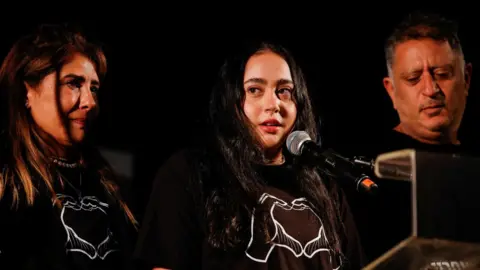 Reuters
ReutersScenes from the territory broadcast on 7 October, combined with the testimony from hostages that has now emerged, have hardened Israeli views when it comes to the suffering of Palestinians.
In the devastating Gaza war triggered by the Hamas attacks, more than 50,846 people have been killed – most of them women, children and the elderly – according to figures from the Hamas-run health ministry, used by the UN.
“As long as the hostage issue is still on the table, the emotional ability of Israelis to empathise with the Palestinians is close to zero,” says Professor Tamar Hermann, an expert on public opinion at the Israel Democracy Institute (IDI).
Nevertheless, the latest surveys do indicate widespread support for a new ceasefire and hostage release deal.
When the IDI recently asked Israelis which of the state’s declared war goals – toppling Hamas or bringing home all the hostages – was more important, 68% said it was the latter, more than in polls last year.
Meeting at the White House on Monday, President Trump and Prime Minister Netanyahu said there were ongoing efforts to restart truce talks and free the hostages.
“We’re trying very hard to get the hostages out. We’re looking at another ceasefire, we’ll see what happens,” Trump told reporters in the Oval Office.
“We’re working now on another deal that we hope will succeed,” Netanyahu said. “The hostages are in agony, and we want to get them all out.”
Despite his strong words, many of the former hostages question Netanyahu’s commitment.
For his political survival, the prime minister relies on far-right allies who back continued fighting in Gaza and military occupation of the strip.
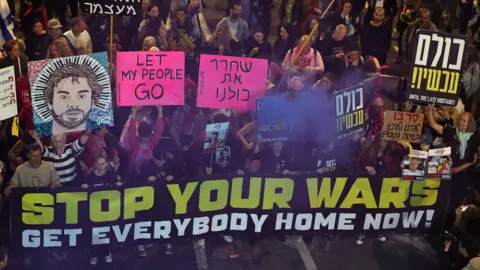 EPA
EPASome of the freed hostages have openly accused the Israeli government of betrayal and abandonment and, in some cases, they have drawn vicious online threats for their comments.
No wonder, then, that many continue to pin their hopes on Trump.
Along with Keith Siegel and his wife Aviva, another recently released hostage, Yair Horn, followed Netanyahu to Washington this week. The group had their own set of meetings with high-ranking officials and again met the president.
Mr Horn wore a red hoodie showing his younger brother, Eitan, who is still held in Gaza. The brothers were abducted together from Nir Oz and a haunting video released by Hamas showed them on the eve of Yair’s release – hugging, with Eitan weeping.
 Reuters
ReutersA day after Trump’s Netanyahu meeting, Mr Horn stood with the US leader at a Republican event and stressed his gratitude to him.
“It’s really surreal to be here, you know,” he said. “I’m a simple man. I’m running the bar in the kibbutz in Nir Oz, where I lived. And now, I’m here with President Trump, who is running the world.”
Mr Horn asked “humbly” for “the last push” to bring home the remaining hostages, including his brother.
Sounding in despair, he also reflected on how Passover was approaching with the traditional Seder meal. The major Jewish holiday celebrates the exodus of the Israelites from slavery in Egypt and so has special poignancy for the freed hostages and those still captive in Gaza, like Eitan.
“In a few days we mark Passover… it’s a family time,” Mr Horn told the audience, his voice cracking. “I hope my little brother can sit with us at the Seder.”


